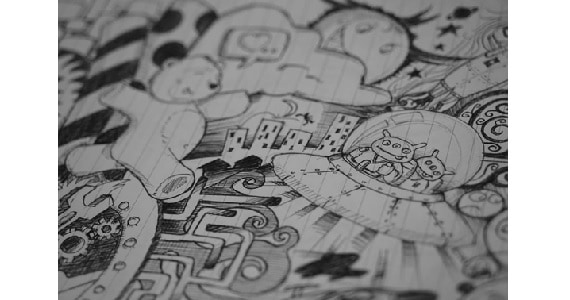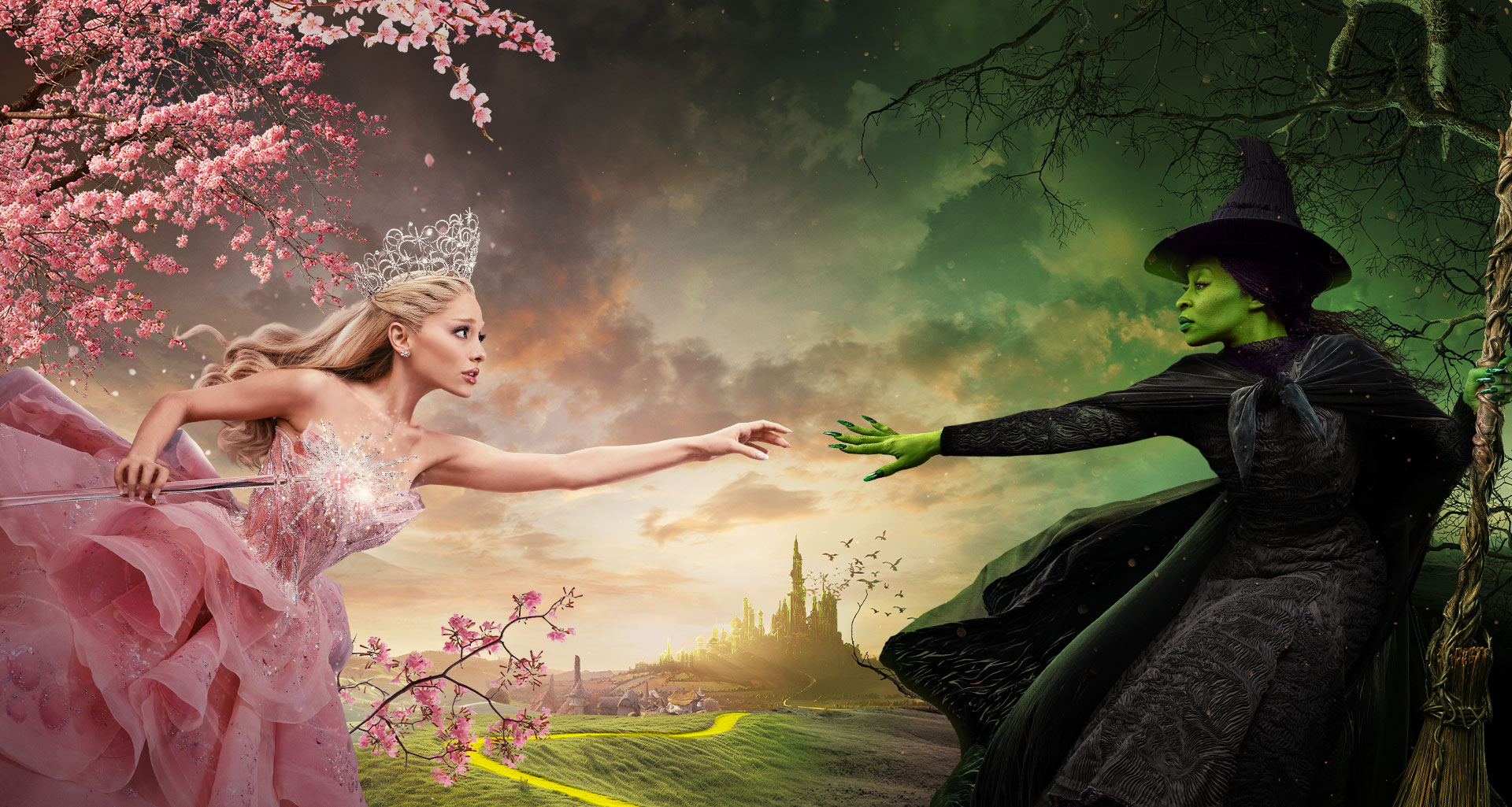Comic books can be traced back to 18th century Japan, but it wasn’t until the 1930s that they became part of popular culture. Originally comic books evolved from newspaper comic strips, but soon they began to take on a style of their own.
Based on the relatively recent artistic style of surrealism, comic book artists aimed to portray a story and characters that were beyond reality. This led to sharp, bright colours, striking backgrounds and protagonists with exaggerated features.
That style is now synonymous with comic books, and has indeed been used by other industries in recent decades. In this article, we take a look at some of the industries that have copied or mimicked the style of comics to their advantage.
Gambling

The remote gambling sector in the United Kingdom accounts for the industry’s largest revenues – over £5 billion – and as such there has been significant investment by companies in customer acquisition. In such a crowded market, achieving stand-out is key – and one way to do this is by investing in unique branding.
One gambling operator has gone further than most in this regard, by portraying themselves as a unique alternative to the hundreds of other brands out there. Adorned in pop-art look and feel, and a comic book-styled logo and favicon, this online bingo provider stands out from the crowd, capturing the attention of the visitor to the site.
Film
Comic books have had a massive influence on the film and TV industry, with some of the biggest movie franchises ever being based on comics. Films that are based on comics usually have nothing stylistically in common with their comic inspirations.
Films such as Batman, Superman and Spiderman are merely action-packed interpretations of comic book characters. However, in 2005 director Frank Miller, along with Robert Rodriguez and Quentin Tarantino, bucked that trend when they produced hit film Sin City.
Frank Miller was the creator of the original graphic novel Sin City, and was wary of a Hollywood adaptation of the novel. This was mainly due to his negative experiences of film adaptations of Robocop 2 and 3 – both of which had been box office flops.
Director Robert Rodriguez managed to convince Miller that a successful movie could be made of Sin City. Rodriguez promised to produce a translation rather than an adaptation, therefore sticking to the main stylistic themes of the original graphic novel.
The film received rave reviews on its release with critics calling it ‘visually ground breaking’. Sin City managed to capture the visual representation of comics with a whole host of hand-drawn scenes at the same time as incorporating real-life actors and Hollywood movie concepts.
Sin City was indeed groundbreaking in its ability to stay 100% true to the original concept and tone of the comic. Since then, directors have followed the lead of Rodriguez and Tarantino to mimic this style with films such as 300.
Advertising
The famous artist Picasso used to say that all art is copying – and he was right. If you look at the works of contemporary artists, it is clear to see that they have been strongly influenced by the iconography of advertising for decades.
When this happens in reverse, there is often uproar in the artistic community. However, advertising is an art form in itself. If you don’t believe us – just read any of the words of wisdom from one of the fathers of advertising, David Ogilvy. Visually stunning pieces of art have been produced by advertising companies over the past 50 years and, in turn, have influenced the art world.
It’s the job of advertising agencies to win the hearts and mind of consumers to sell products – so many have latched on to the popularity of comic books. As the birth of comic books came from graphic novels in newspapers, it’s perhaps unsurprising that contemporary advertising shared many stylistic similarities with comics.
Comic books have played a role in advertising since the 1930s. Today, it’s clear to see in traditional print advertising as well as digital advertising. A modern example of this symbiosis comes from leading comparison site Money Supermarket.
In early 2017, the company aired an advert that featured He-Man and Skeletor squaring up for a fight in a bar bursting into the famous Patrick Swayze dance scene from Dirty Dancing. This advertising campaign was a roaring success for Money Supermarket and since then they have gone on to create several more advertising campaigns inspired by comic books.
Sport
Now this might initially appear one of the most cringeworthy attempts from an industry to piggyback on the popularity of comic books, but it’s worth assessing. In 2015, English Premier League side Everton announced the launch of their new third kit ahead of the new football season.
The green kit with an orange badge was seen by the club as a comic book-inspired kit; in truth it was more simple pop art than comic book style. However, that didn’t stop them from enlisting the help of Marvel artist Will Sliney to launch the kit.
Sliney was commissioned to create artwork that portrayed Everton stars such as Romelu Lukaku and Tom Cleverley as comic book superheroes. Understandably, the campaign was met with ridicule by the footballing world, mainly due to its poor execution and cheesy production.
The Toffees have subsequently ditched plans to liken their players to superheroes, and rightly so as they have done nothing to warrant such comparisons in decades. Championship side Bristol City are currently embarking on a similar strategy, but they have managed to implement it much better.
The second division side have produced a kit similar to that of Everton’s, but they have backed it up with interesting and engaging comic book-style GIFs for individual players to be used on their social media.
Summary
Comic books are well-known and well-loved across the world, so there will be no shortage of companies trying to capitalise on their popularity. Gambling brands, the film industry, and advertisers will continue to produce comic book-style content. However, it has to be said that using comic books doesn’t guarantee success in itself – the products and services need to play the superhero, not the branding.





